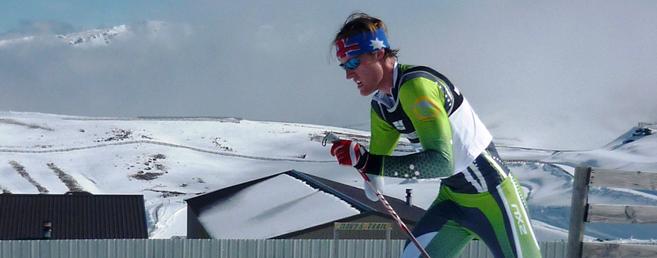Sports Summary
Para-cross country ski appeared for the first time at the 1976 Winter Games in Örnsköldsvik, Sweden and is open to athletes with a physical impairment and vision impairment.
Athletes compete standing or using a sit ski, depending on their requirements. All athletes with a vision impairment compete with a sighted guide. Male and female athletes compete in distances ranging from 2.5 kilometres to 20 kilometres and in relays.
For more information on Para-cross country ski Eligibility and How to Get Involved please see the Para-cross country skiing Information Sheet (PDF – 133KB) – updated November 2021.



